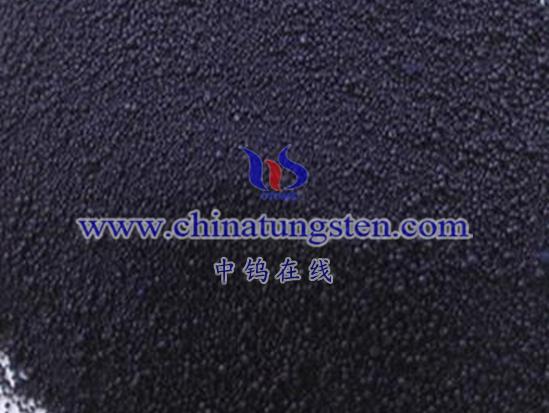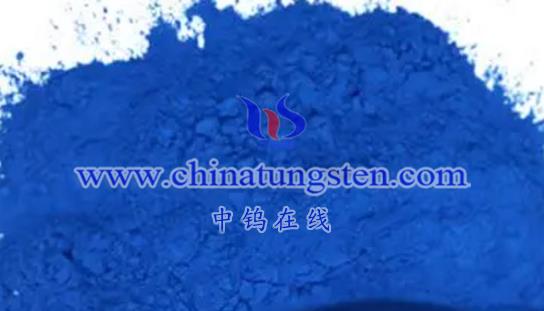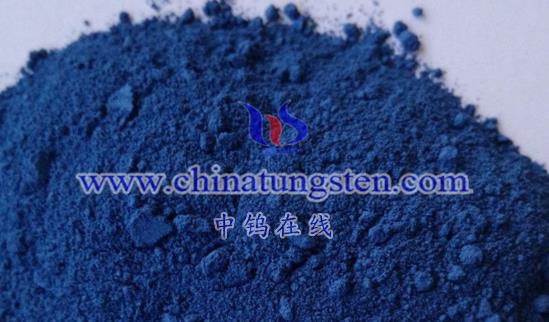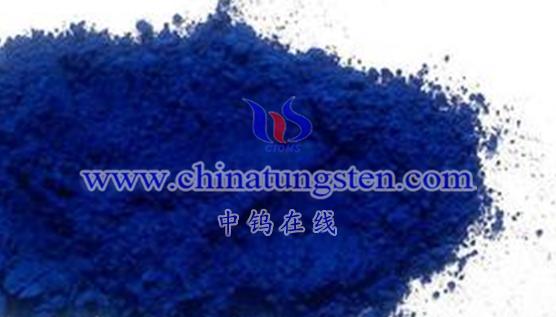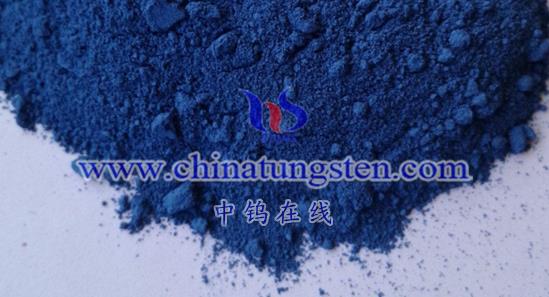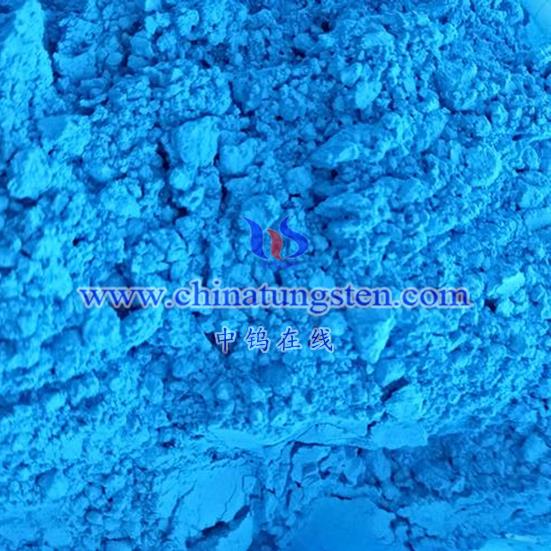
The crystal structure of tungsten oxide (WO₃) has a significant effect on its bulk density. Different crystal forms (or polymorphs) of tungsten oxide exhibit varying physical and chemical properties, including particle shape, size, and arrangement, which directly influence the bulk density of the powder.
Impact Mechanisms
- Particle Shape and Arrangement
- Different Crystal Forms: Various crystal forms of tungsten oxide can produce particles with different shapes and arrangements. For instance, some crystal forms might lead to more spherical particles, while others might produce needle-like, rod-like, or plate-like particles.
- Packing Efficiency: Spherical or nearly spherical particles generally pack more efficiently and fill space more effectively, leading to a higher bulk density. In contrast, needle-like, rod-like, or plate-like particles tend to create more voids when packed, which lowers the bulk density.
- Surface Properties
- Surface Roughness and Activity: Different crystal forms of tungsten oxide may have varying surface properties, such as surface roughness and surface energy. These properties affect the interaction forces between particles, influencing the packing efficiency and thus the bulk density.
- Agglomeration: Particles with high surface energy or rough surfaces may agglomerate, which can either increase or decrease bulk density depending on the degree of agglomeration and the packing arrangement.
Specific Examples
- Monoclinic vs. Orthorhombic Phases
- Monoclinic Phase: The monoclinic phase of tungsten oxide (WO₃) typically exhibits specific crystal habits that may result in a distinct particle shape compared to other phases.
- Orthorhombic Phase: The orthorhombic phase can produce particles with different characteristics in terms of shape and packing compared to the monoclinic phase.
- Impact on Bulk Density: The differences in crystal structure between these phases will affect how particles pack together and therefore their bulk density. While specific data may vary, generally, variations in crystal structure lead to variations in bulk density.
- Nanostructured Tungsten Oxide
- Nano-sized Particles: Tungsten oxide nanoparticles, due to their very small size and high surface area, typically have a lower bulk density. However, controlling the shape and arrangement of these nanoparticles can somewhat improve the bulk density.
- Influence of Nanostructuring: Nanostructuring often results in particles with high surface area but can also lead to lower packing efficiency if the particles do not pack tightly.
Considerations
- Influence of Multiple Factors: Bulk density is influenced by multiple factors, including particle shape, size, surface properties, and measurement conditions. Therefore, when studying or using tungsten oxide, it is essential to consider how these factors interact.
- Variation in Bulk Density: Different sources and specifications of tungsten oxide powder may have varying bulk density values. It is important to select and test materials based on specific application requirements and intended use.
In summary, the crystal structure of tungsten oxide significantly affects its bulk density. Variations in crystal form lead to differences in particle shape, arrangement, and surface properties, all of which influence how the powder packs together. Understanding these effects is crucial for optimizing the performance and application of tungsten oxide powders.
More details of tungsten oxide product, please visit website: tungsten-oxide.com
Please contact CHINATUNGSTEN for inquiry and order of tungsten oxide:
Email: sales@chinatungsten.com
Tel.: 86 592 5129595
